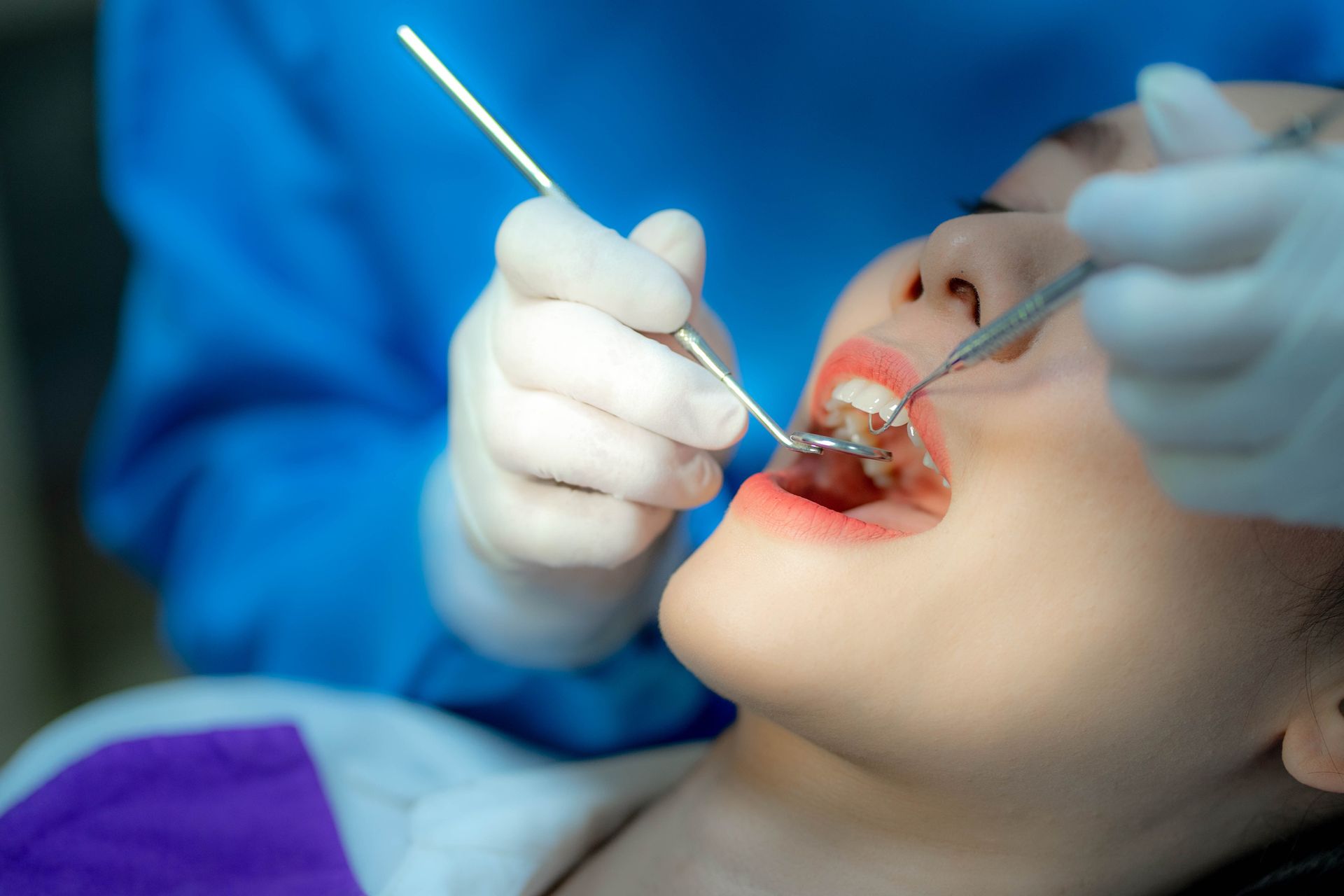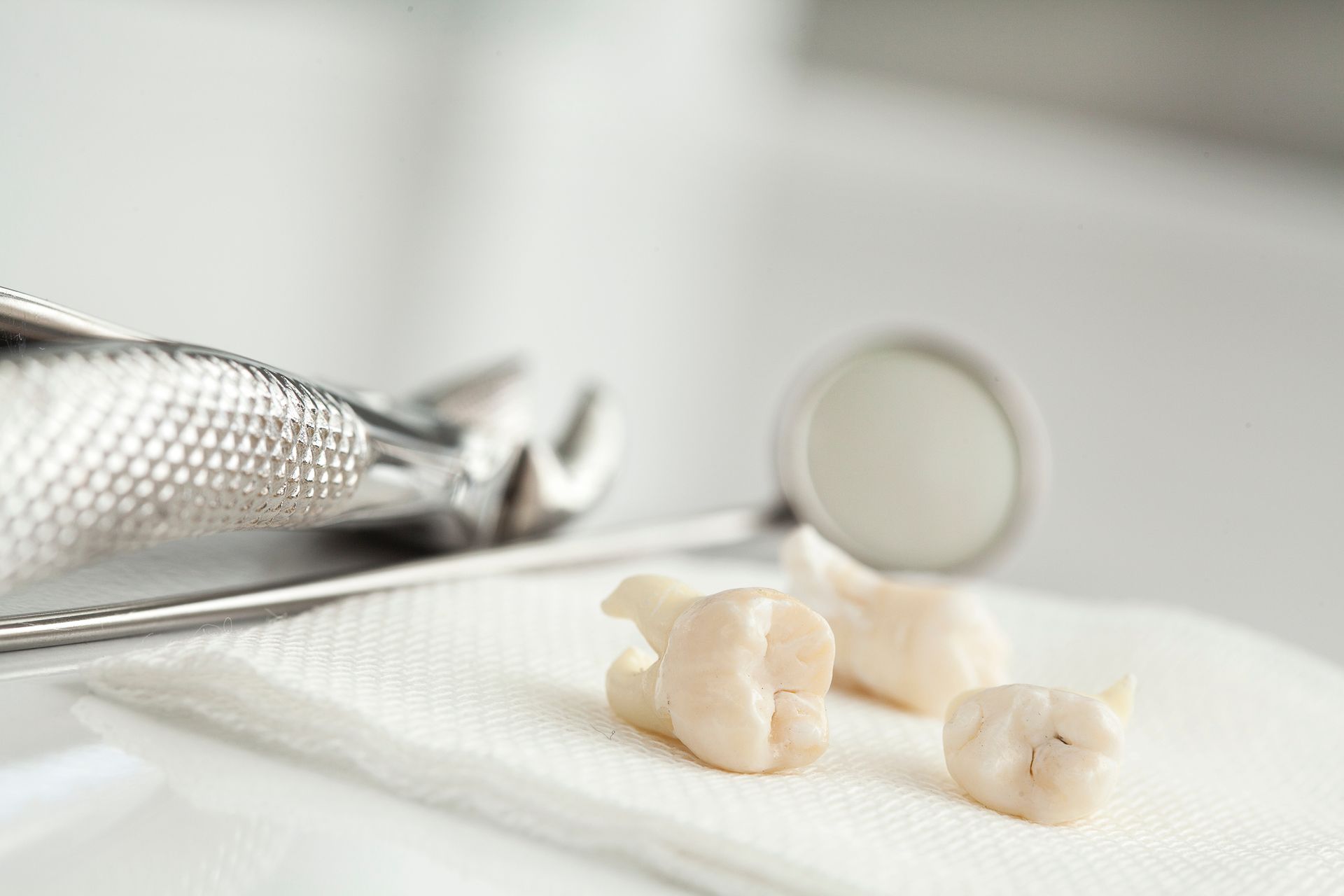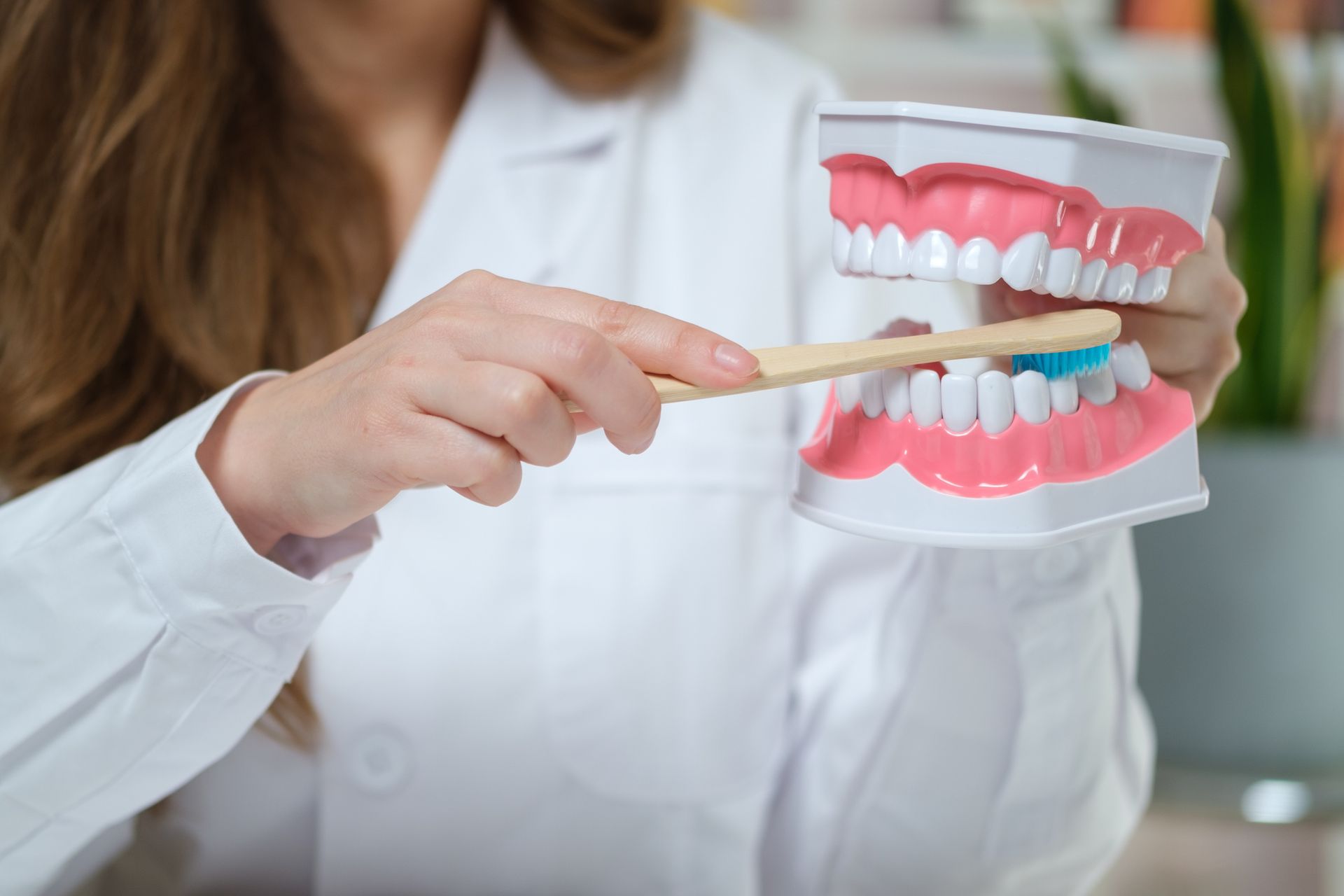Types of Jaw Surgery
Types of Jaw Surgery

Jaw surgery, also known as orthognathic surgery, fixes an unaligned jaw. In some cases, orthognathic surgery can even enhance your facial appearance. Jaw irregularities are usually the result of genetics. However, several childhood habits, such as thumb sucking, can cause problems.
Various orthognathic surgery types are available depending on the severity of misalignment and placement of the jaws.
Below are the different forms of jaw surgery available.
Maxillary Osteotomy
The purpose of maxillary osteotomy surgery is to correct the position of the upper jaw to achieve facial harmony. Most importantly, the surgery restores important jaw functions: chewing, breathing, and speaking.
Furthermore, upper jaw surgery can correct underbites, overbites, crossbites, and open bites.
The procedure involves making an incision in the gums. A surgeon cuts breaks and moves the upper jaw into the proper position. The doctor then attaches a small plastic wafer to the teeth that help align the upper jaw. A titanium screw and metal plate secure the jaw in place.
Mandibular Osteotomy
Mandibular osteotomy refers to surgery for the lower jaw. The procedure is most common when your lower jaw extends or recedes significantly.
Lower jaw surgery involves making cuts behind the molars and along the jawbone so that the jawbone can easily move to its new position.
The dentist may move the jaw forward or backward according to the bite alignment. After the jaw is in a new position, screws hold it in place until it heals.
Genioplasty
Chin surgery is for those who want to change the shape of their chins to achieve a desired facial profile. This procedure allows you to move your chin forward, backward, sideways, or vertically.
Two methods are available for reshaping the chin through genioplasty:
- Cheek augmentation: The procedure is possible via surgery or injection. For surgery, you get a silicone or plastic implant in the chin that adheres to the chin bone. You can reshape, enlarge, or push forward your chin with chin implants. Non-surgical chin enhancements involve injecting fillers into the chin.
- Sliding genioplasty: This involves cutting the chin off from the rest of the jaw and making the necessary adjustments to harmonize the face. People with a misaligned and backward-oriented chin will especially benefit from the procedure.
A successful genioplasty depends on careful planning and the experience of the surgeon. As a result, complications can also reduce.
Bimaxillary Osteotomy
Most patients require an upper and lower jaw repositioning to achieve facial harmony. The procedure of correcting both jaws is also known as maxillomandibular surgery.
The procedures for bimaxillary surgery include the techniques used for the maxillary and mandibular osteotomy procedures. Surgery on both jaws can be complex, so your surgeon may use 3D modeling software to assist with planning.
Temporomandibular Joint Disorder (TMJ) Surgery
Temporomandibular joint (TMJ) surgery relieves pain and restores normal jaw function. TMJ surgery involves a variety of procedures, including:
- Arthrocentesis: This is a minimally invasive procedure that involves flushing sterile fluid into the TMJ. The fluid removes any inflammation inside the joint.
- Arthroscopy: A surgeon inserts a narrow tube with a small camera, known as an arthroscope, through a small incision. Scar tissue surrounding the joint is then removed to relieve pain.
- Arthroplasty: Also known as an arthrotomy, this procedure involves making an incision in front of the ear. Afterward, your doctor can replace or remove affected components. The procedure is often painful and invasive and takes a long time to heal.
Not everyone with TMJ disorders requires surgery. In some cases, simply changing your lifestyle can relieve symptoms.
Misaligned jaws can complicate everyday activities, such as eating and speaking. You may be able to improve your quality of life after jaw surgery. Work with your orthodontist and surgeon to plan a treatment that suits your particular condition.
Contact us today to learn more or to make an appointment.










